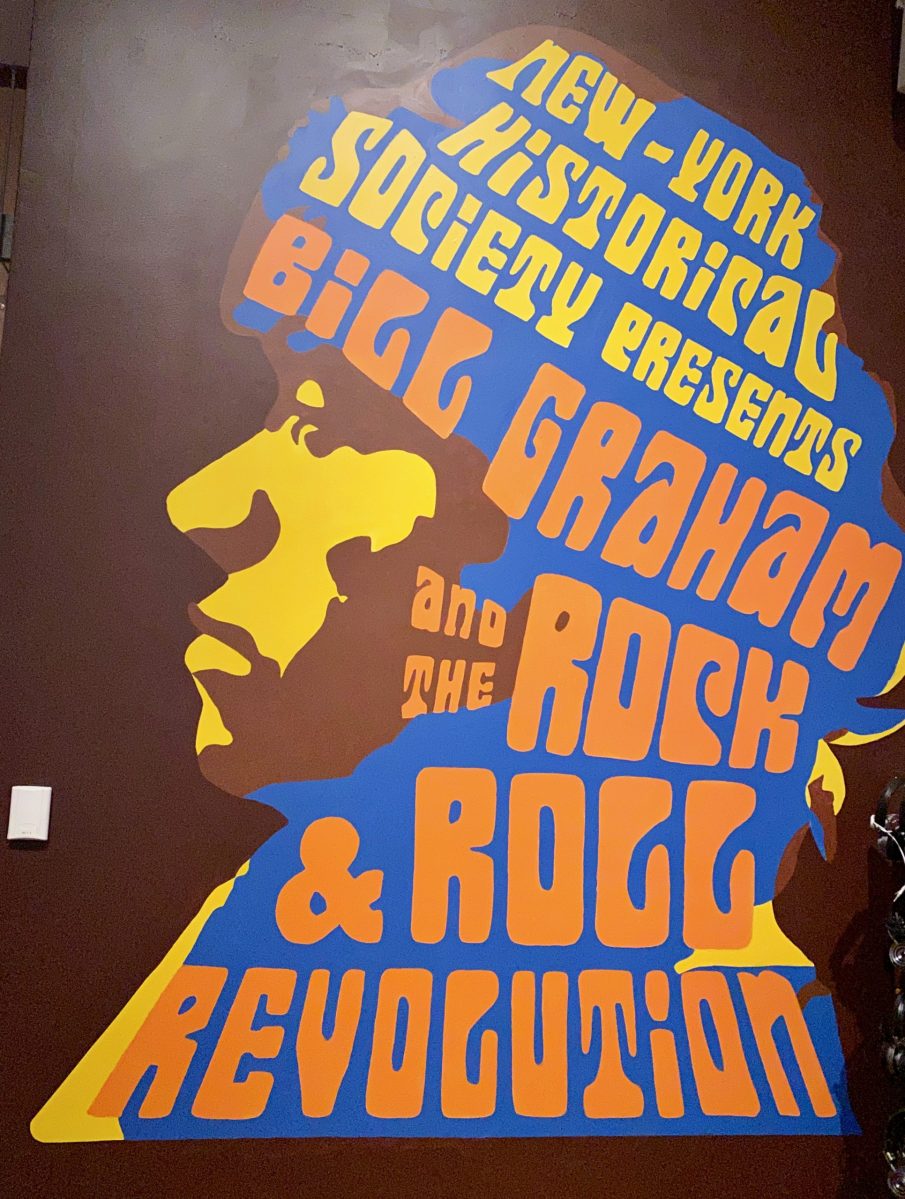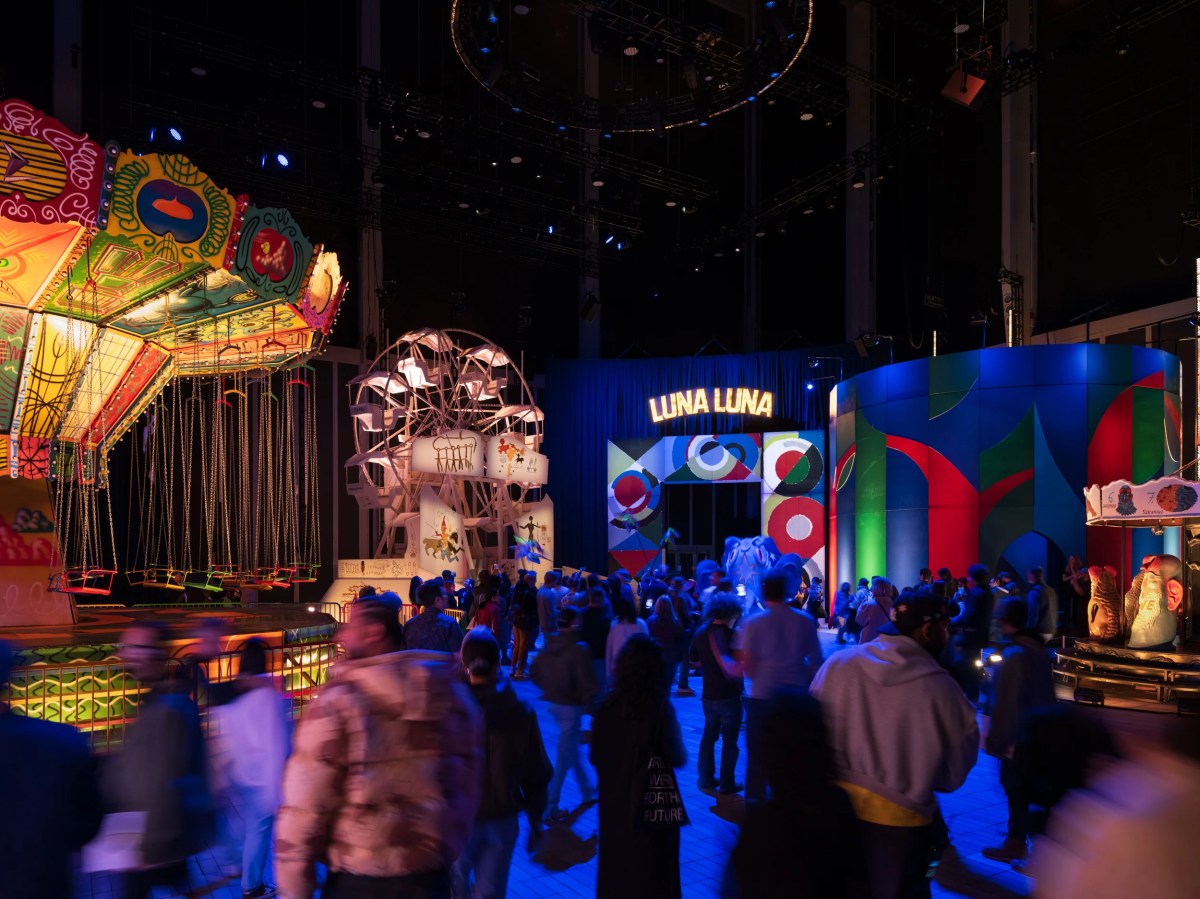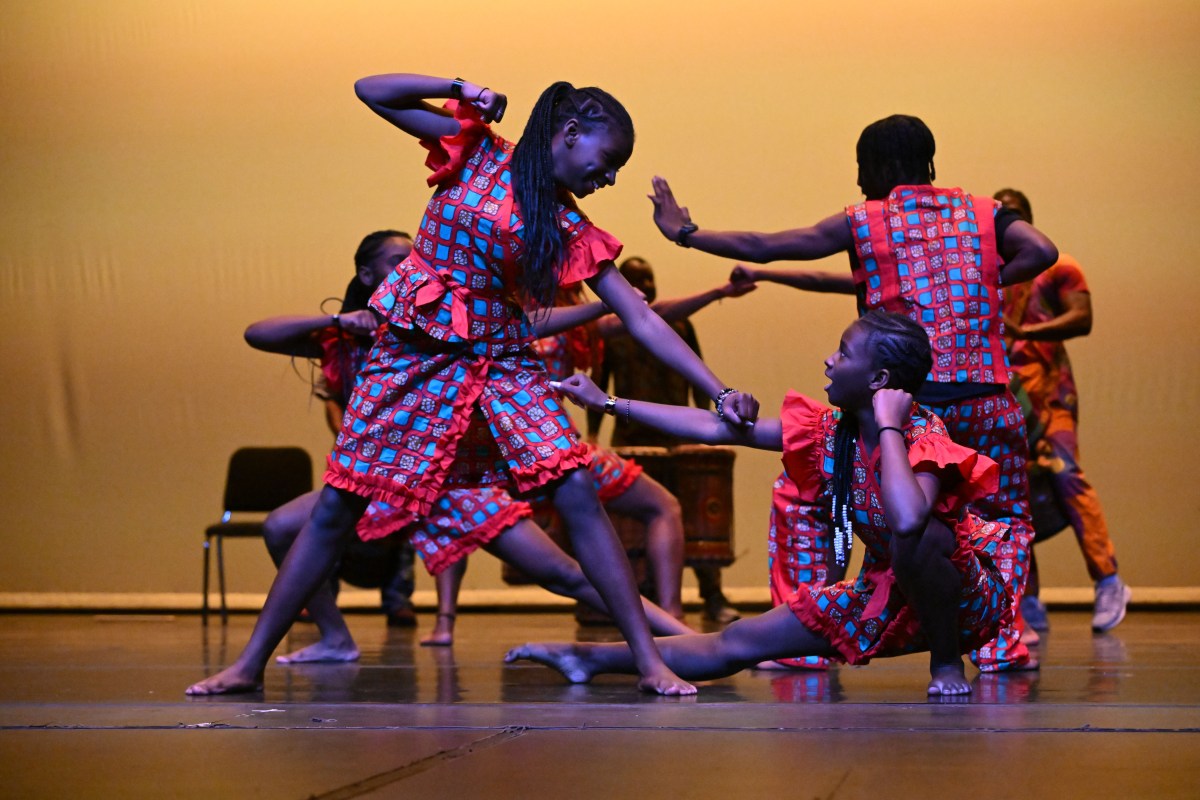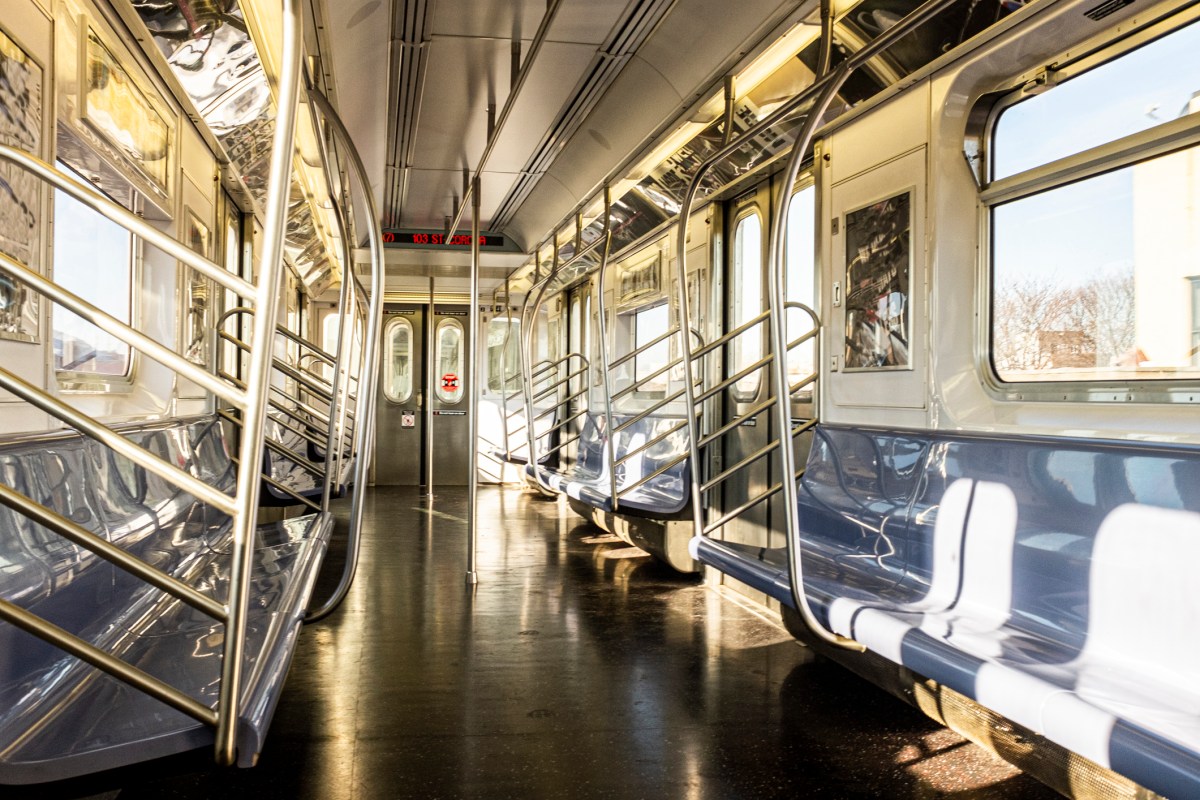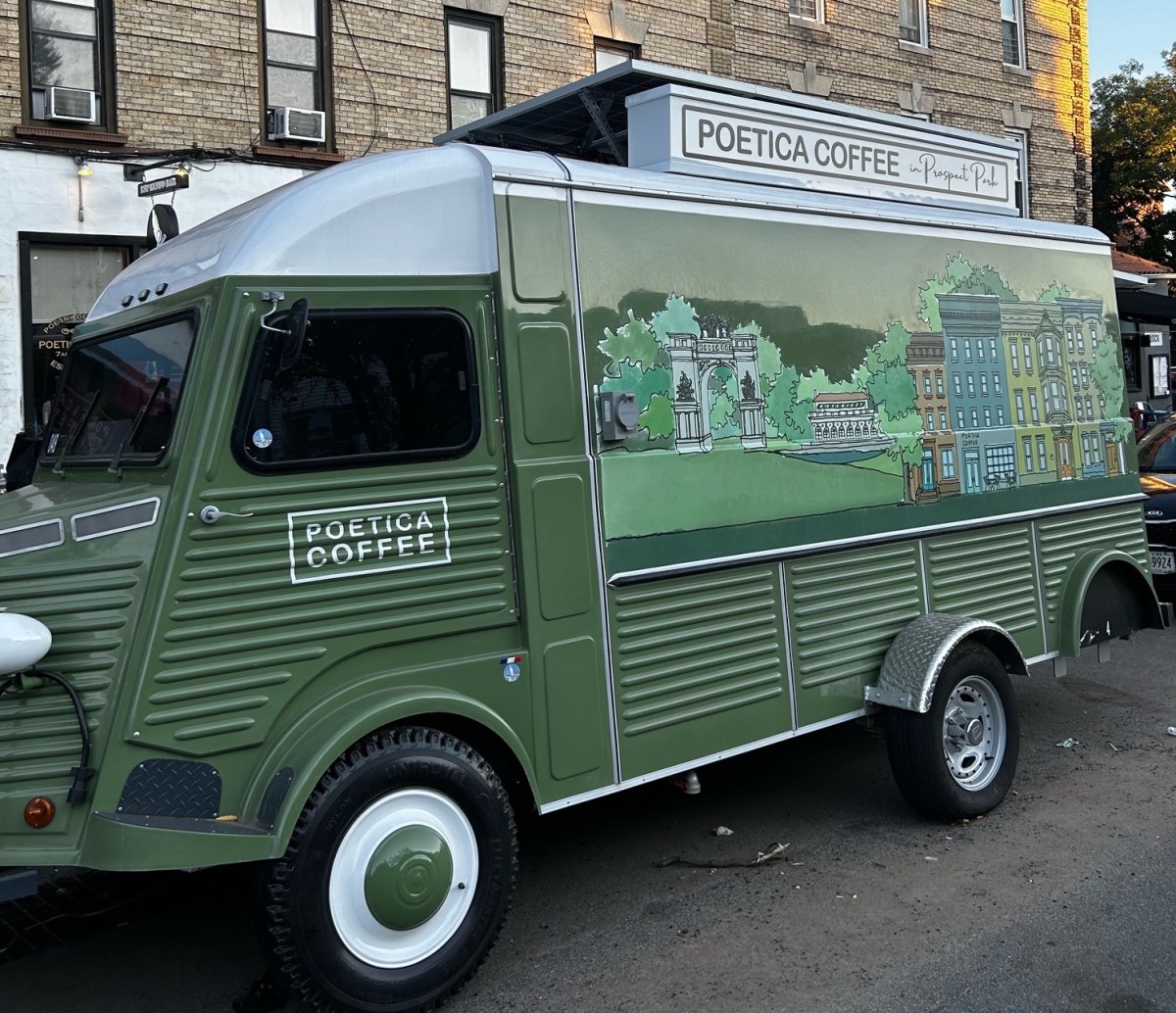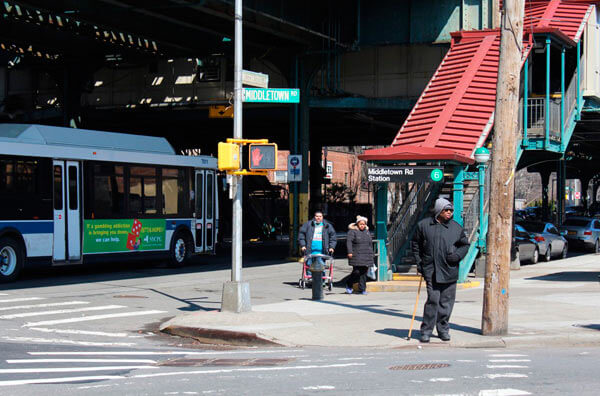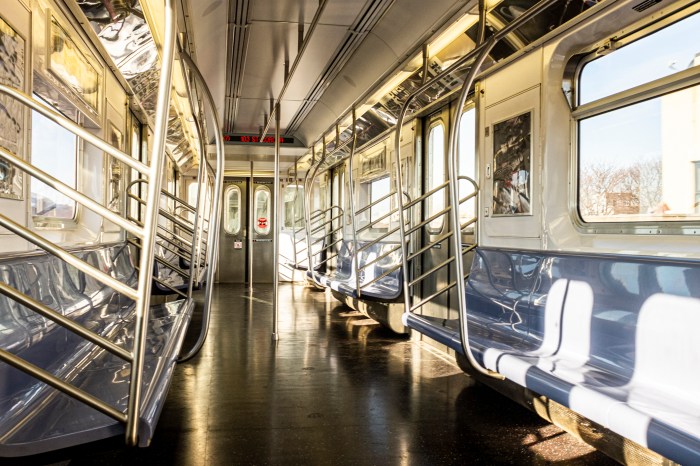Bill Graham was a music promoter whose career was at the center of much of the rock world’s biggest scenes in the 1960s and ‘70s, but his life as an immigrant to New York is lesser known.
An exhibition at the New-York Historical Society, “Bill Graham and the Rock & Roll Revolution,” explores this side of Graham, along with his legendary career, with rooms full of photos, posters, and artifacts.
Graham (1931-1991) was a refugee from Nazi Germany. His Russian Jewish parents immigrated to Berlin in the hopes of finding a better life, but it coincided with the Nazis’ rise to power.
As a child, his mother sent him to France in the hopes of keeping him safe, and he would never see her again. His mother died on a train headed to Auschwitz, where one of his five sisters was also killed.
A childhood friend tells a story of surviving with Graham on apples in France for several weeks, that they would secretly pick. Graham, whose birth name was Wolfgang Grajonca, was put on a ship at age 10 for New York and eventually taken in by foster parents in the Bronx. Apples would reappear in Graham’s adult life, the exhibit notes, when a barrel of apples would greet patrons of his shows at the Fillmore auditorium by reading “Have One… or Two.”
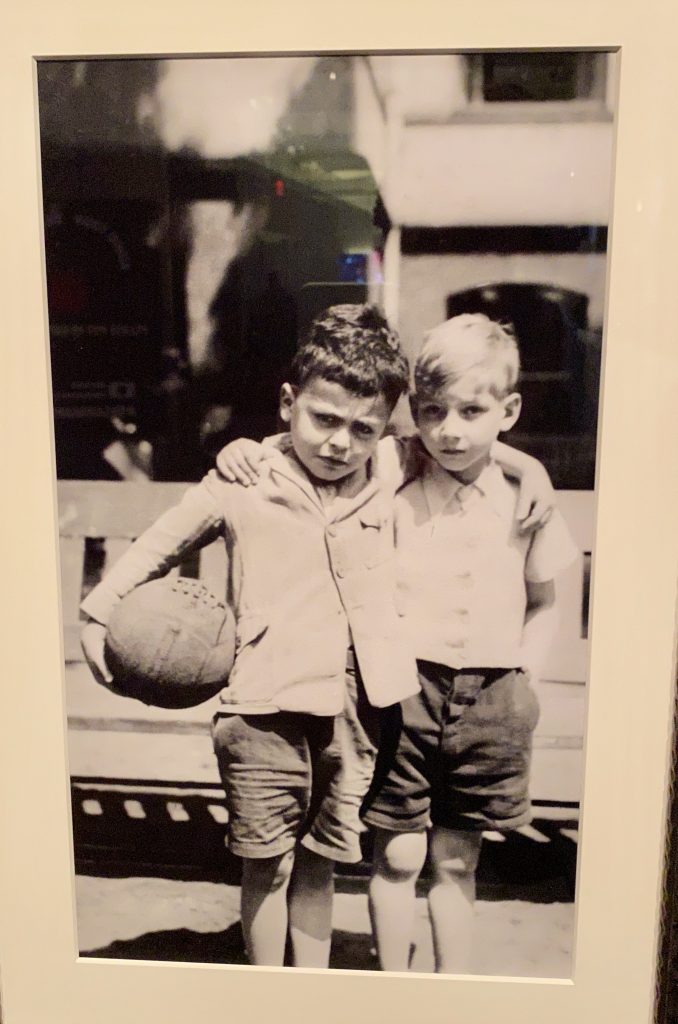
As a young man, Graham bussed tables at Catskills resorts, and later spent many evenings dancing in Manhattan’s Palladium Ballroom. He attended DeWitt Clinton High School in the Bronx, and served in the Korean War after being drafted in 1950.
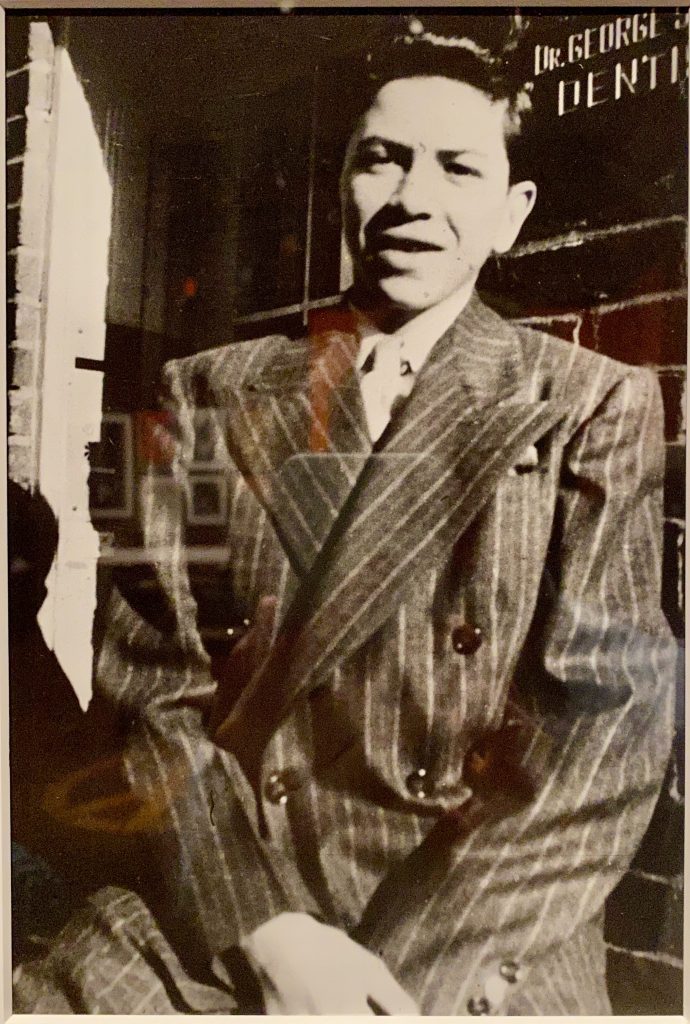
Graham would move to San Francisco in his late 20s, just as the counterculture was taking off. In 1965, he was business manager of the San Francisco Mime Troupe, a performance and protest group, when its leader got in legal trouble for a play deemed offensive and indecent. Graham organized a benefit concert to pay for legal fees, which would reveal his calling as a producer, the exhibition notes.
“What lured me to these people,” Graham is quoted in the exhibit about the Mime Troupe, “was that they weren’t just actors. They were real radicals involved in making changes in society.”
Thus began Graham’s illustrious career as a concert producer and promoter, at the heart of rock music and its legends for years to come. He opened the Fillmore in San Francisco in 1966, hosting acts including the Grateful Dead, Jefferson Airplane, Otis Redding, B.B. King and Lenny Bruce, to name just a few. “I never give the public what it wants,” Graham would say. “I give the public what it should want.”
The exhibitions includes many posters for the Fillmore shows, with Graham also embracing the counterculture for ‘60s-era artwork. There are also rock & roll artifacts, including Janis Joplin’s tambourine and microphone from a Fillmore performance, a guitar and bag belonging to Carlos Santana, and a Pete Townshend guitar.
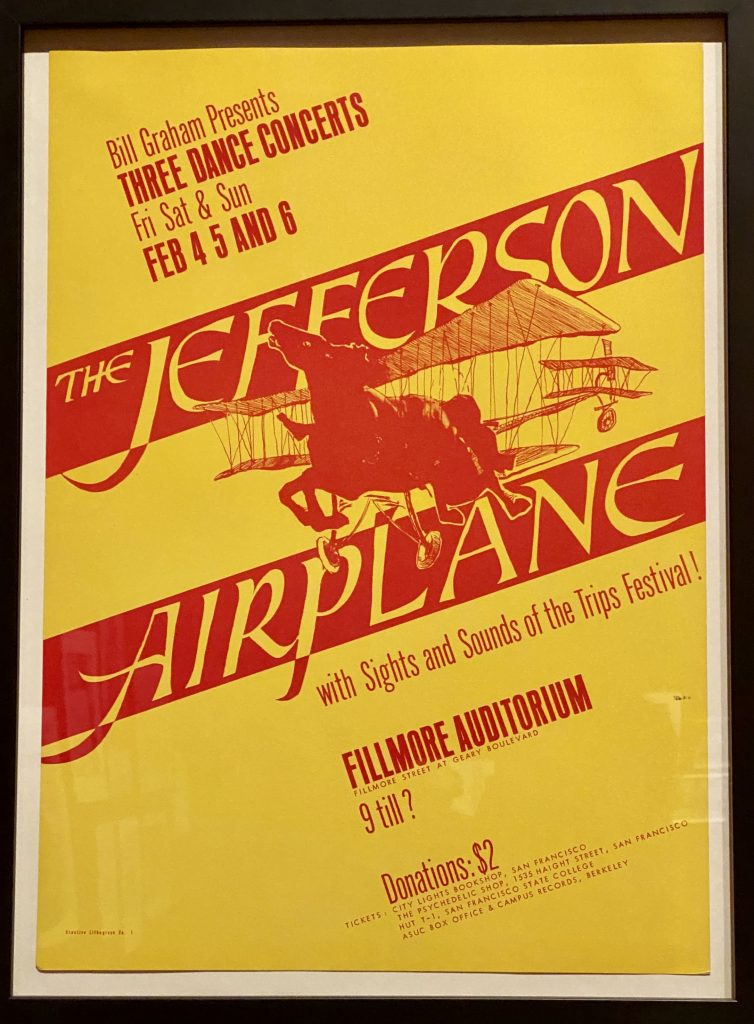
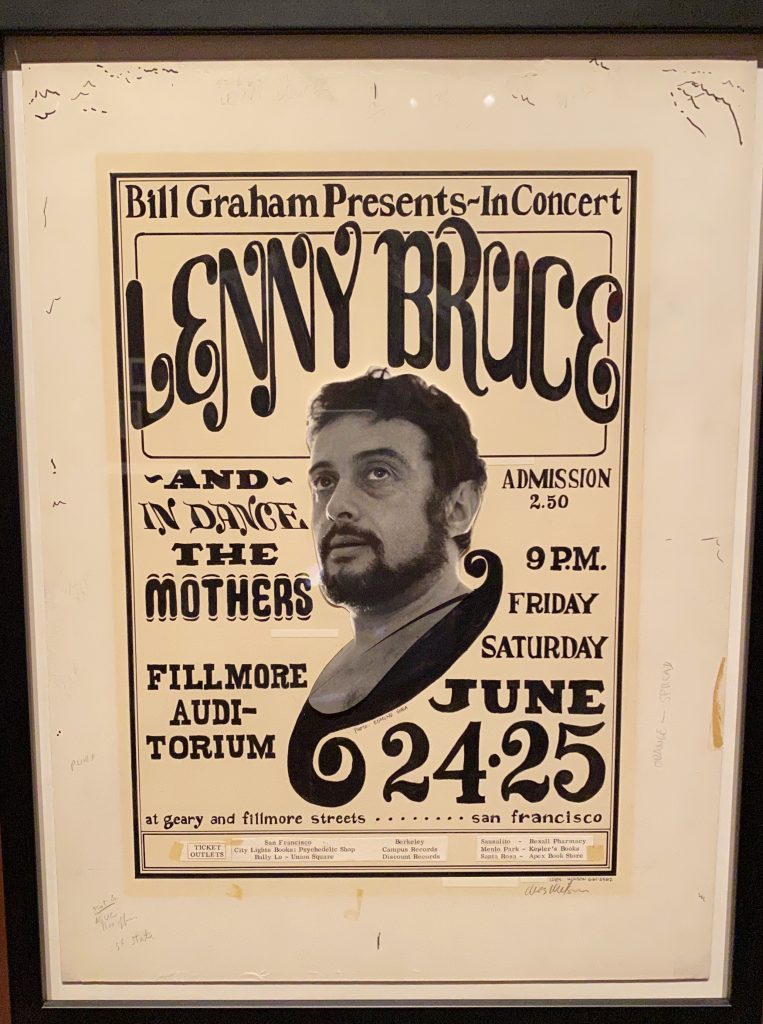
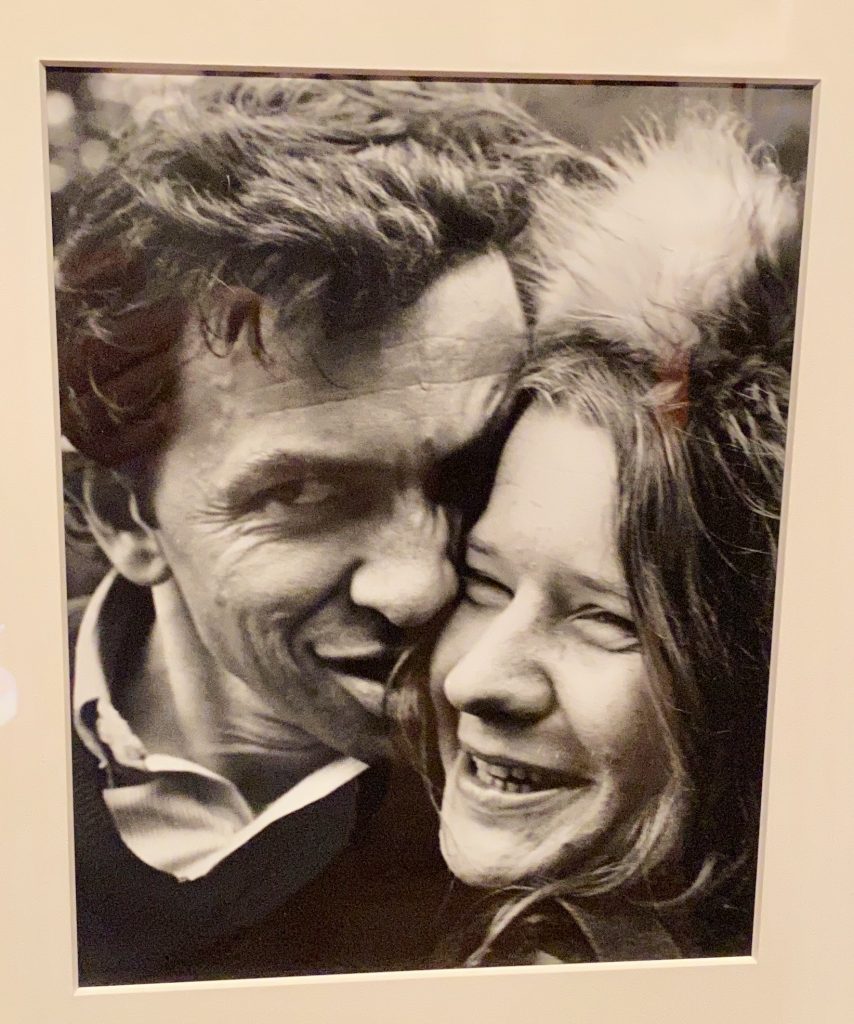
In 1968, Graham opened the Fillmore East on the Lower East Side at Second Avenue and East 6th Street. A former Yiddish vaudeville house that became a movie theater but was in disrepair by the 1960s, its three year run would see some of music’s biggest names, including the Grateful Dead, Hendrix, Led Zeppelin, and John Lennon and Yoko Ono.
“I wanted Fillmore East to be the white man’s Apollo Theater,” Graham once said. “’You got the stuff? You got something you want to say? Walk out on that stage and do it!’”
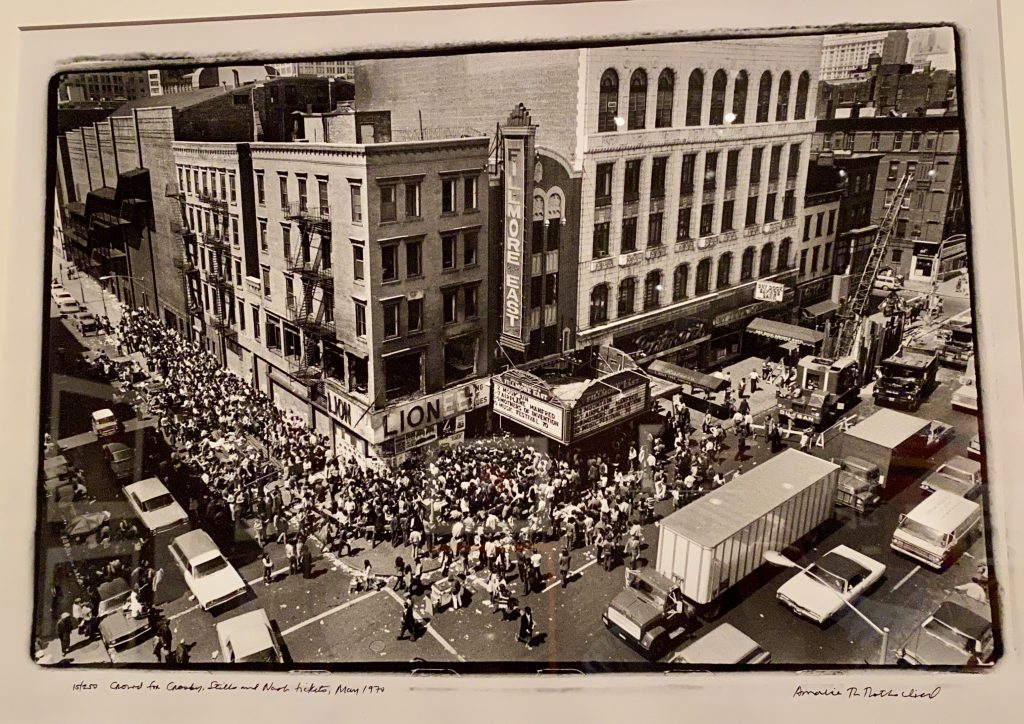
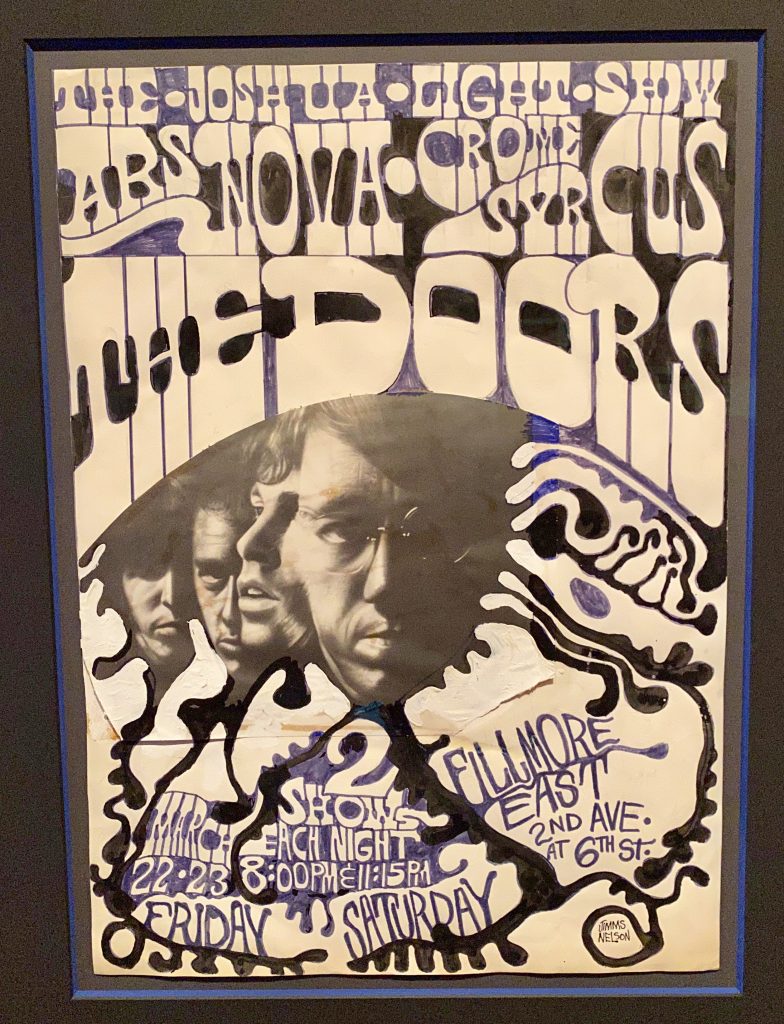
Graham would go on to be involved in plenty more of rock history, including the Band’s Last Waltz performance, Bob Dylan’s 1974 tour, shows and tours with the Rolling Stones in the 1970s and ‘80s, and presenting shows at San Francisco’s Winterland Ballroom. He would put on fundraising shows throughout the years as well, and the exhibitions has a section of family photos including Graham with his children.
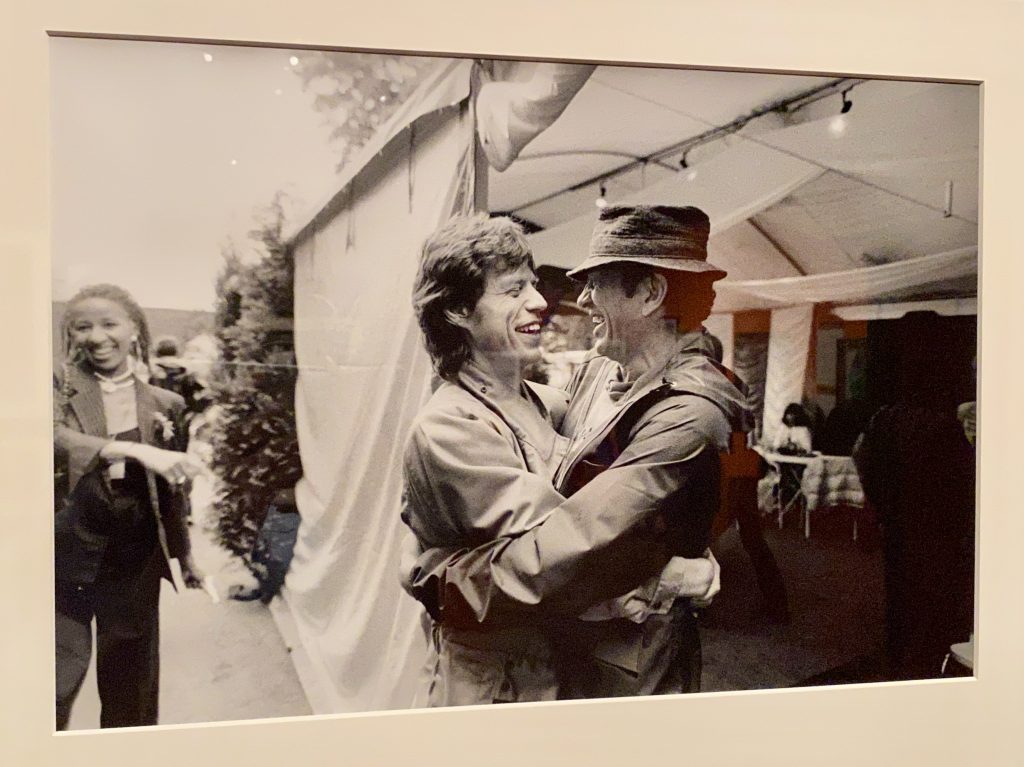

The exhibition offers a musical guided tour for visitors, who can listen to chronological music from actual shows and playlists, as they visit each section of Graham’s life. There is also “The Joshua Light Show,” a psychedelic liquid light show that was the backdrop to Graham’s shows in New York.
“I love reading about [Graham’s] sense of drama and making the audience feel welcomed, and same for the artists,” said Cristian Petru Panaite, associate curator of exhibitions at the New-York Historical Society, who adapted the show from its original version at the Skirball Cultural Center in Los Angeles.
Panaite said that even before the show’s opening on Feb. 14, people started to reach out and suggest other materials and artifacts to be included from various shows that Graham organized. “It just shows how much New Yorkers love him and appreciated what he did for rock and roll.”
“Bill Graham in many ways is the perfect example of the intersection of both Jewish and American aspiration in the 20th century,” said Robert Kirschner, director of the Skirball Center. “He transformed the face of American culture.”
The show will run until Aug. 23.



